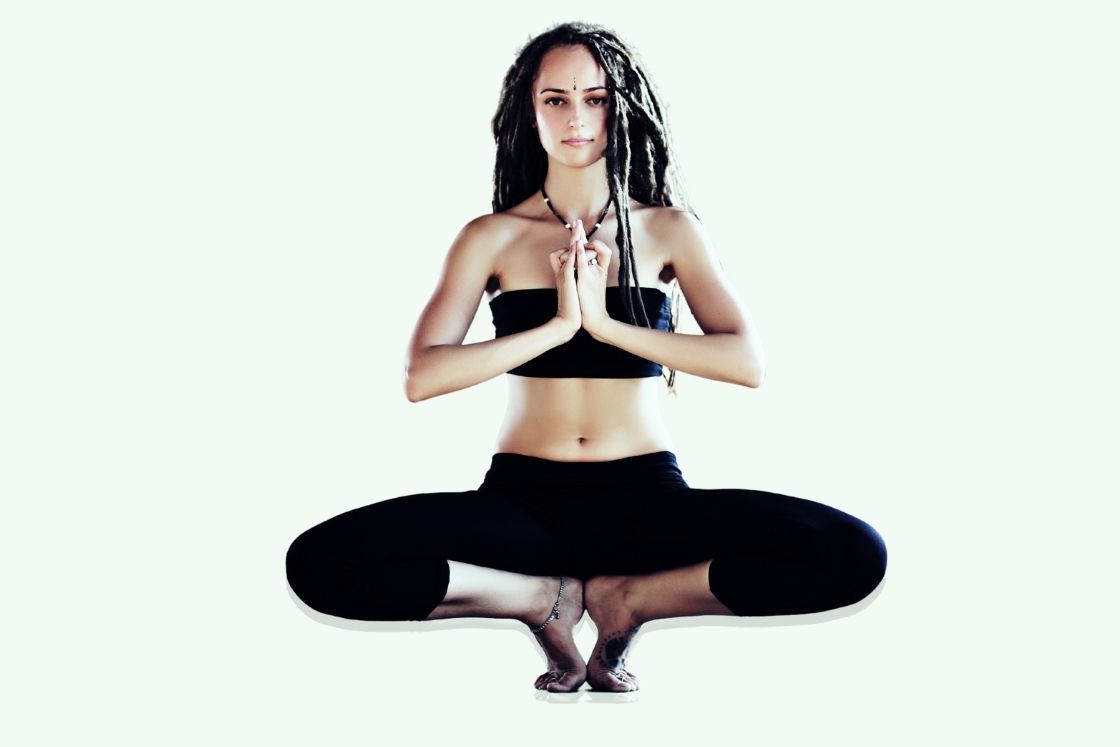Trikonasana – Triangle Pose
The name comes from the Sanskrit “Tri” means Three, “Kona” means corner/angle, Asana, meaning “pose.” So, Trikonasana means Triangle Pose. The term is also often used synonymously Utthita Trikonasana, Utthita meaning is “extended” so we call it Extended Triangle Pose. This posture performs in two sides, facing to right and facing to left.

Trikonasana, a standing yoga position that requires balance, strength and flexibility. The arms are extended with legs separated in this position, and one leg turned to 90 degrees. The upper body flexes towards the foot that is leading so that one arm extends toward but does not necessarily touch the ground, while the other is directed towards the sky.
The word comes from Sanskrit Trikona, which translates to “three corners” or “triangle,” and Asana, which means “posture.” The term is often used to mean Utthita Trikonasana (extended Trikonasana, a triangle pose).
Alongside a variety of different physical advantages, Trikonasana can be believed to clear energy pathways within the body. It is among the fundamental poses that are found in the various forms of yoga.
How To Do It?
⦁ Place your feet on the floor at a distance of one leg; knees should be straight.
⦁ Make sure your right foot is total to your outside while turning your left foot just 45 degrees towards the inside, keeping your heels aligned with your hips.
⦁ They spread their arms towards the sides with the feet parallel to the floor with palms facing downwards, the trunk extends as far as it is comfortable to the left, and the arms are parallel to the floor.
⦁ When the trunk is completely extended to the left side of the trunk, the left arm is then dropped until the left hand is able to reach the Shinto, the side on the left foot with the palm placed down, when it is flexed.
⦁ The left-arm extends vertically while the trunk and spine are gently rotated counterclockwise by using the arms extended as a lever, while the spine stays at a level with the ground.
⦁ The arms are stretched from each other, and the head is usually turned towards the left side of the thumb, increasing the spin.
⦁ Keep this posture for 5 to 10 breaths, and then switch sides.
⦁ Repeat the posture, but with the other leg.

Benefits of Trikonasana
⦁ Aids in Stretches muscles in the back, hips shoulder and chest muscles.
⦁ It stretches the spine.
⦁ Strengthen the calves, thighs, and buttocks.
⦁ Stimulates spinal nerves.
⦁ It helps improve spinal flexibility and proper alignment of shoulders.
⦁ It helps relieve back pain, gastritis, stomach pain, indigestion acidity, and flatulence.
⦁ Helps with neck sprains and strains Reduces stiffness in the shoulders, neck, and knees, strengthens ankles, and strengthens the ligaments of legs and arms.
⦁ The asana also stimulates your nervous system, relieves depression of the nervous system, increases the pelvic region’s strength, and stimulates the reproductive organs.
Contraindications:
A few precautions to be taken are-
⦁ Avoid this posture if you’re experiencing high or low Blood Pressure. Since blood flow flows the opposite way, it can be uncomfortable for people who suffer from Blood Pressure.
⦁ Anyone with neck injury should avoid it. Since the neck is tilted and hangs downwards, further damage to the neck muscles and the nerves around the neck are likely.
some of our courses :- 200 hour yoga teacher training in rishikesh , 300 hour yoga teacher training in rishikesh , yoga retreat in rishikesh





